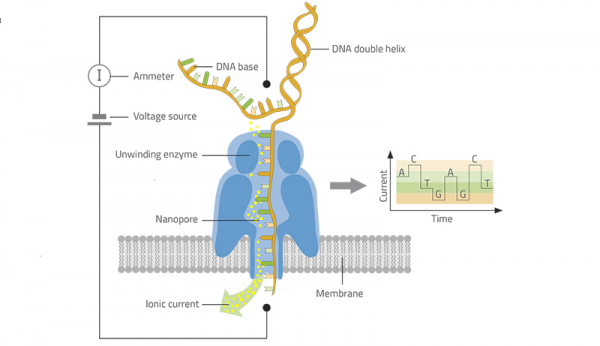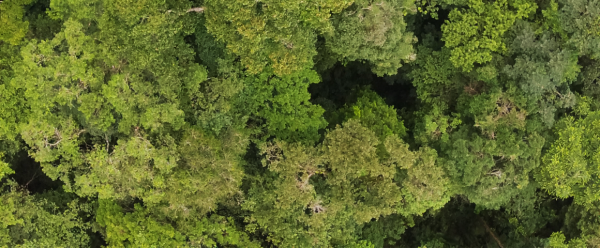Science at work 9 April 2024
- Home
- Press area
- Press releases
- Mobile and instant diagnosis of viruses
Mobile, instant diagnosis of viruses

A new technique will make it possible to detect viruses in the field. In this case, a yam plot in Guadeloupe © D. Filloux, CIRAD
A new high-throughput, miniature, portable sequencing technique* has been developed in recent years, for human and animal health purposes. It uses mobile laboratories to diagnose viruses such as Ebola or Zika almost instantly, in the field. Diagnosis is both quick and early, which avoids the need to transfer contaminated samples.
"The technology is characterized by the production of long nucleotide sequences, which makes it possible to sequence the entire viral genome", Philippe Roumagnac, a virologist with CIRAD, explains. CIRAD was one of the first laboratories in the world to test and validate its use in plant virology. "Using a diseased yam plant, it took us just a few hours to sequence the entire genome of two single-strand RNA viruses, a macluravirus and a potyvirus" , his colleague Denis Filloux adds.
Mobile, instant diagnosis of plant viruses, to back up epidemiosurveillance networks
As with human virology, the fact that the technique has now been validated in a plant virology laboratory paves the way for real-time, mobile detection of chronic, seasonal or emerging plant viruses, even in isolated areas. By shortening the time that elapses between sampling and diagnosis, the technology will help epidemiosurveillance networks detect harmful organisms at an earlier stage.
This work, by an international team including CIRAD and European, Indian and South African partners, was funded by Agropolis Fondation under a flagship project, E-SPACE (Improving epidemiosurveillance of Mediterranean and tropical plant diseases).
Reference
Filloux D., Fernandez E., Loire E., Claude L., Galzi S., Candresse T., Winter S., Jeeva ML., Makeshkumar T., Martin D.P., Roumagnac P., 2018. Nanopore-based detection and characterization of yam viruses. Nature - Scientific Reports 8:17879
How does nanopore sequencing work?
The DNA molecule to be sequenced is captured by an unwinding enzyme that slowly extrudes the single-strand DNA through the nanopore. As it passes through, the DNA is constricted by the nanopore, which slows it down. This makes it possible to "read" the nucleotide bases by measuring the intensity of the electric current passing through the nanopore at a given time.
Illustration © Kerstin Göpfrich



























